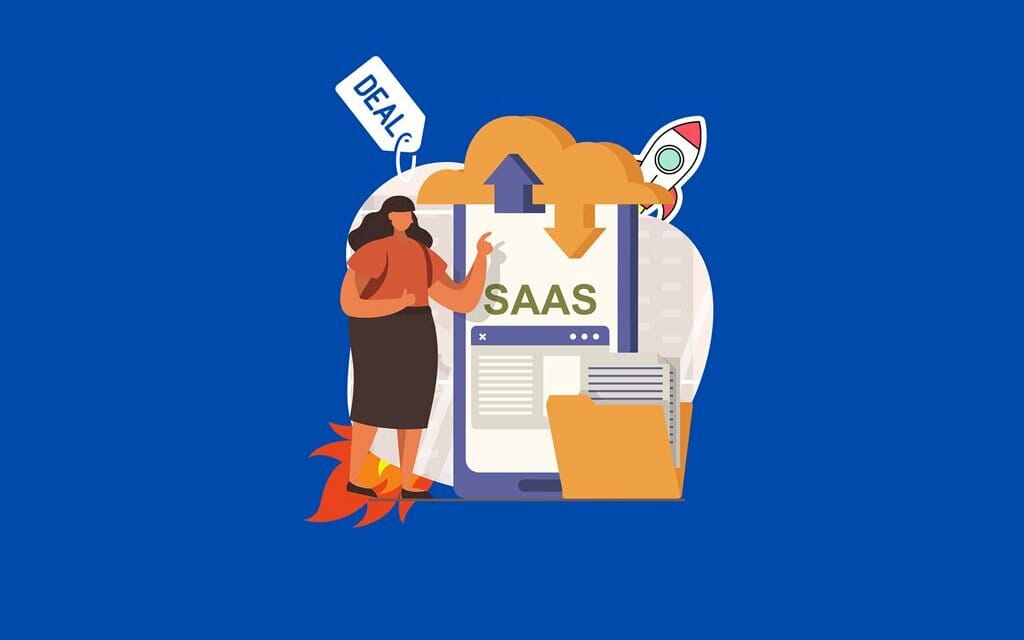
3 Best Implementations of SaaS

The world is fast changing on many fronts, with technology being the change catalyst. The era of traditional Software is ending and being replaced by Software as a Service (SaaS).
More businesses are turning to Software as a Service, with Statista report showing that there are around 25,000 SaaS companies in the world, with 17,000 from the U.S. McKinsey and Company predicts the growth of the SaaS market with its product nearing $200 billion in 2024.
The U.S. is expected to continue leading in the SaaS market, with Europe, Latin America, and Asia also experiencing rapid adoption.
SaaS solutions touch every niche, from software development to finance to entertainment. You are likely to see numerous examples of SaaS applications wherever you go. Before dealing with these examples, first, let’s understand what Software as a Service entails.
Software as a Service (SaaS): What is it?
Software as a Service refers to a cloud-based distribution model that lets companies and customers interact through internet-enabled devices such as smartphones and laptops making it convenient to store and access cloud data.
Independent Software Vendor (ISV) may contract a third-party service provider to host the application. Giant companies with massive technological and financial capacity, like Microsoft, act as both the software vendor and the cloud provider.
SaaS falls in the category of cloud computing, which involves two others; Platform as a Service (PaaS) and Infrastructure as a Service (IaaS). Software as a Service is the most popular with many businesses and individual IT professionals adopting due to its suitability for B2C and B2B users.
Benefits of SaaS
There are various reasons why SaaS uptake continues to grow exponentially:
- Low initial cost: Developing custom software is expensive, especially for small businesses. SaaS providers offer clients flexible payment plans, reducing their initial burden. The prices are transitioned to recurring operating expenses allowing the company to plan its budgets smoothly.
- Scalable Usage: SaaS users can access more services according to demand. This makes it very convenient for small businesses facing transitions in their processes. SaaS applications are all subscription-based, allowing clients to change plans according to their needs.
- Saves Time: SaaS providers perform automatic updates and patch management on the applications saving the clients from time spent purchasing and installing new Software. It also reduces companies’ financial burden.
- Accessibility: SaaS applications are accessible over the internet enabling users to access them from any location and web-enabled device.
Examples of Software as a Service
The following are the areas where SaaS has had a tremendous impact:
-
Salesforce
Salesforce is the best example of a SaaS application with a reputable name and a massive client and user base. It is a Customer Relationship Management (CRM) platform that assists organizations in managing and integrating every business activity in one place
The American company provides lucrative Return on Investment to small, medium, and large businesses through its top-notch solutions. No matter your industry, Salesforce has solutions tailored for you.
-
HubSpot
HubSpot is another exciting example of SaaS that has changed how businesses undertake marketing activities. The company previously focused on inbound marketing but has expanded its scope to include other sales strategies, such as content management and social media marketing.
HubSpot is among the few “fully integrated” companies with a complete solutions package for every level of the SaaS business model. These include Social Media Marketing Platform, Content Management System (CMS), Email Marketing Tools, and Analytics Suite.
Their launch of free CRM in 2014, providing for the abovementioned features, put the company in the limelight. The CRM integrates perfectly with Gmail and Microsoft Office. HubSpot enjoys a broad customer base from over 120 countries.
Many companies have benefited from HubSpot solutions that enable them to automate their sales and marketing processes. The products give businesses access to all relevant customer information allowing them to design effective sales and marketing strategies.
-
Google Workspace
Google Workspace is another fantastic SaaS example that every business should try. Google has improved business communication and collaboration with its applications that guarantee speed, quick access, security, and unlimited storage of files.
You can work on a document with others using Google Docs or create presentations via Google Slides. Other applications include Gmail, Google Sheets, and Google Drive.
Google applications are suitable for all sizes of businesses and are even used by individuals for personal projects.
Conclusion
Software as a Service applications are changing business dynamics in great ways. More companies will continue adopting this amazing technology to streamline operations and increase revenues.


























